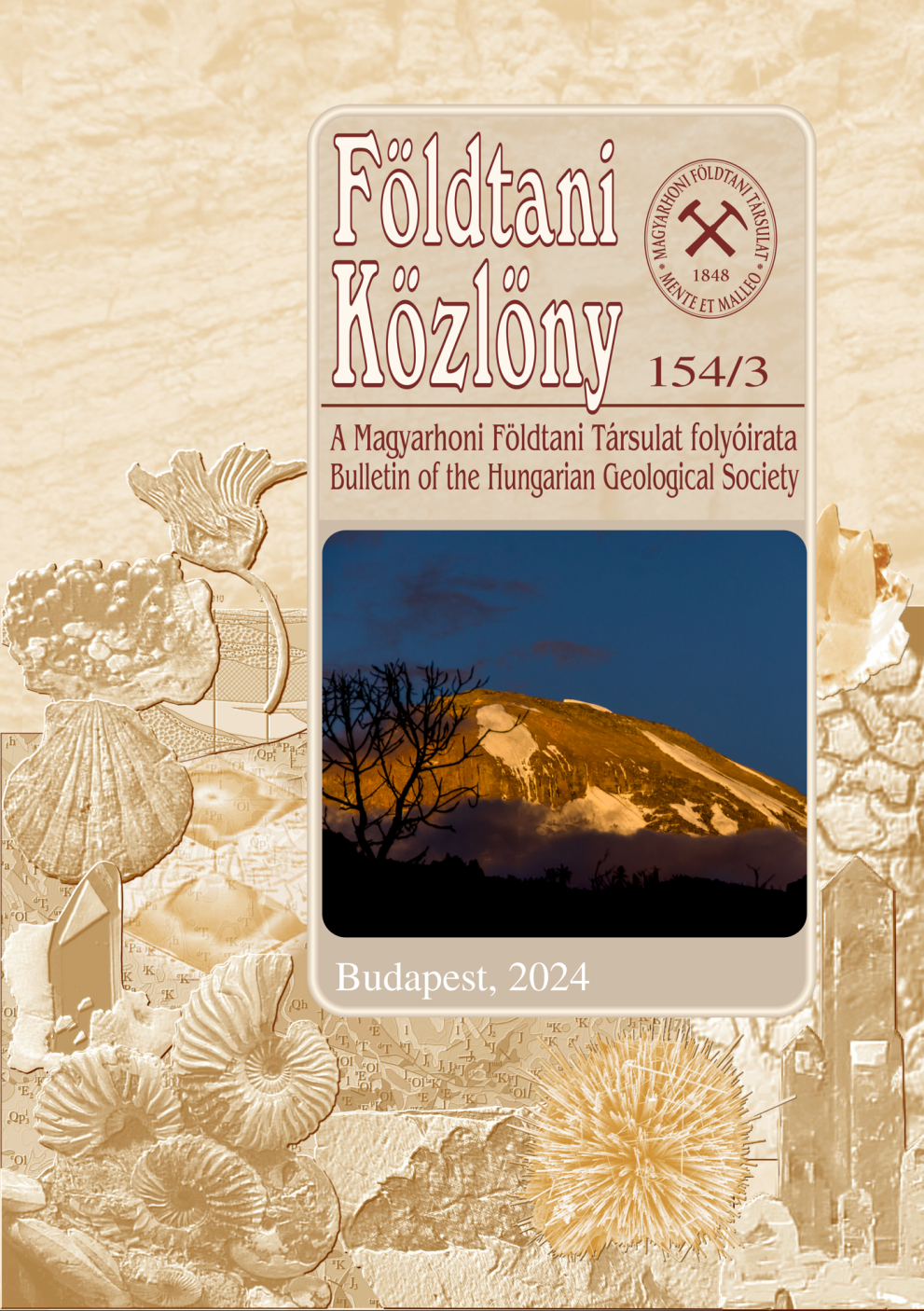Geochemical importance of Boron in subduction zones
Geochemical variation of boron in the Carpathian-Pannonian Region
Abstract
The importance of the light elements in geochemistry has been growing because the analytical
techniques for measuring them have improved considerably. Boron is an incompatible and fluid mobile
element possessing two isotopes, the respective occurrences of which differ greatly in nature, and also
the abundance of boron greatly differs in different reservoirs. These facts make boron an important
tracer of the recycled materials in subduction zones. In the subducting slab most of the boron is
concentrated in the oceanic crust and sediments, but most of it leaves the slab close to the suture zone
of the subduction. However, some minerals can retain boron and carry it further down into the mantle,
even reaching depths of the lower mantle and taking part in deep recycling. This article summarizes the
most important geochemical features of boron, its behaviour in different reservoirs and its fractionation
during different processes. The most suitable analytical techniques for В concentration measurements
will be reviewed, emphasizing the non-destructive nuclear method of prompt gamma activation analysis
(PGAA). This article also resumes conclusions based on the В data measured in volcanic rocks from the
Carpathian-Pannonian Region with PGAA. It is emphasized that the origin of the calc-alkaline magmas
in this region cannot be explained only by flux-melting, but must also take into consideration
decompression melting of upwelling, metasomatised asthenospheric material. This is consistent with the
post-collisional occurrence of the magmatism and partly, with the relationship to the main extensional
phase of the Pannonian Basin.











